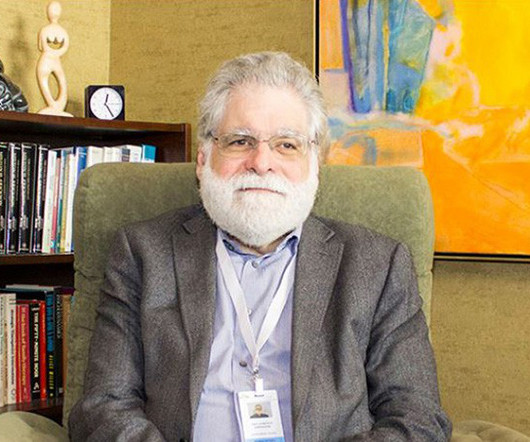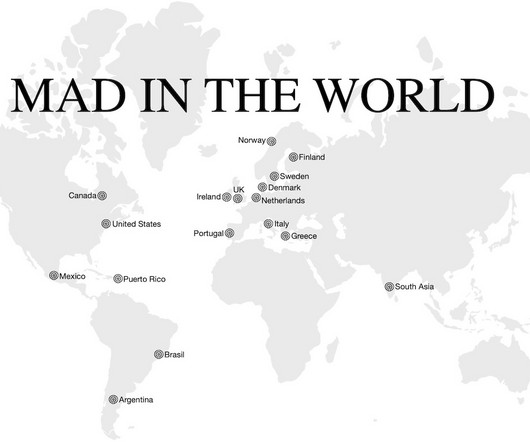Who Do We Leave Behind When We Ignore the Body? Why Critical Neuroscientists and Mad Activists Must Work Together
Mad in America
MAY 2, 2024
Some neuroscientists argue that we should rather focus our efforts on the upstream social and structural factors, such as trauma and inequity , that create the conditions for mental health concerns to arise. Meanwhile in research and practice, it operates more often than not as a “ bio bio bio model.”











Let's personalize your content